They look adorable, but some of these common habits can signal stress, instincts, or even health problems.

Dogs have their own language. They tilt, spin, and lick, and even though they don’t speak, they’re constantly telling us something. Whether it’s instinct, emotion, or health, these actions reveal more than we realize. Here’s what some of those curious habits might actually mean.
1. Tilting Their Head to Catch the Mood
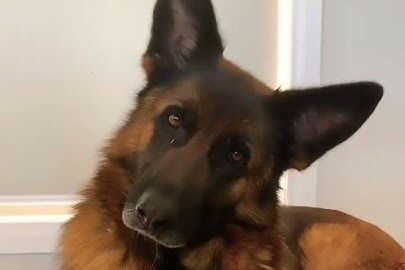
You’ve seen it, the tilt that makes your heart melt. But it’s not just charm. It’s strategy. Dogs tilt their heads to better hear and locate sounds or to get a clearer view of your facial expressions. Stanley Coren, a canine expert, notes, “Dogs with long muzzles may tilt to see your face better.” It’s not just cuteness, it’s clever adaptation. If your dog does this when you’re talking, they’re tuned in and trying to connect. It’s their version of saying “I’m listening.” A subtle cue that they want to understand you more deeply.
2. Doing It Because You Smile
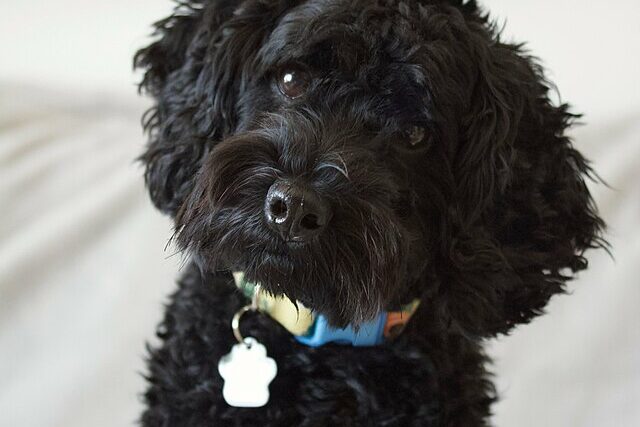
Sometimes your dog tilts their head because you rewarded it with laughter, affection, or treats. Dogs are great observers. If they notice that a head tilt makes you smile or talk to them more, they’re likely to keep doing it just to make you happy. It’s part performance, part communication. Many dog owners say, “He does it more when I say his name in a silly voice.” The behavior becomes learned and repeated. It’s sweet, but also smart. They’ve figured out what tugs your heartstrings. Dogs definitely know how to read a room.
3. When That Tilt Isn’t So Cute

This is when you need to pay attention. If your dog tilts their head constantly or seems off balance, it could be more than a habit. Dogs with vestibular issues or ear infections often tilt their heads more than usual. One Reddit user shared, “My dog tilted and stumbled. Turned out to be an ear infection.” It can also signal a neurological issue. If the tilt comes with falling, circling, or confusion, it’s not something to ignore. Some tilts are cute. Others are quiet cries for help. When in doubt, checking with a vet is always a good move.
4. The Bedtime Circle Spin

Ever watched your dog do a few slow spins before curling up? That behavior goes way back to their wild ancestors. Dogs in the wild would spin to flatten grass, check for danger, or mark their territory before resting. It was a survival move more than a sleepy one. Even now, in cozy homes with clean floors and cushy beds, dogs still do it. It’s one of those instincts that never left. When your dog spins before settling, they’re just tapping into old habits. A little ritual that makes them feel safe and comfortable.
5. When the Spinning Doesn’t Stop
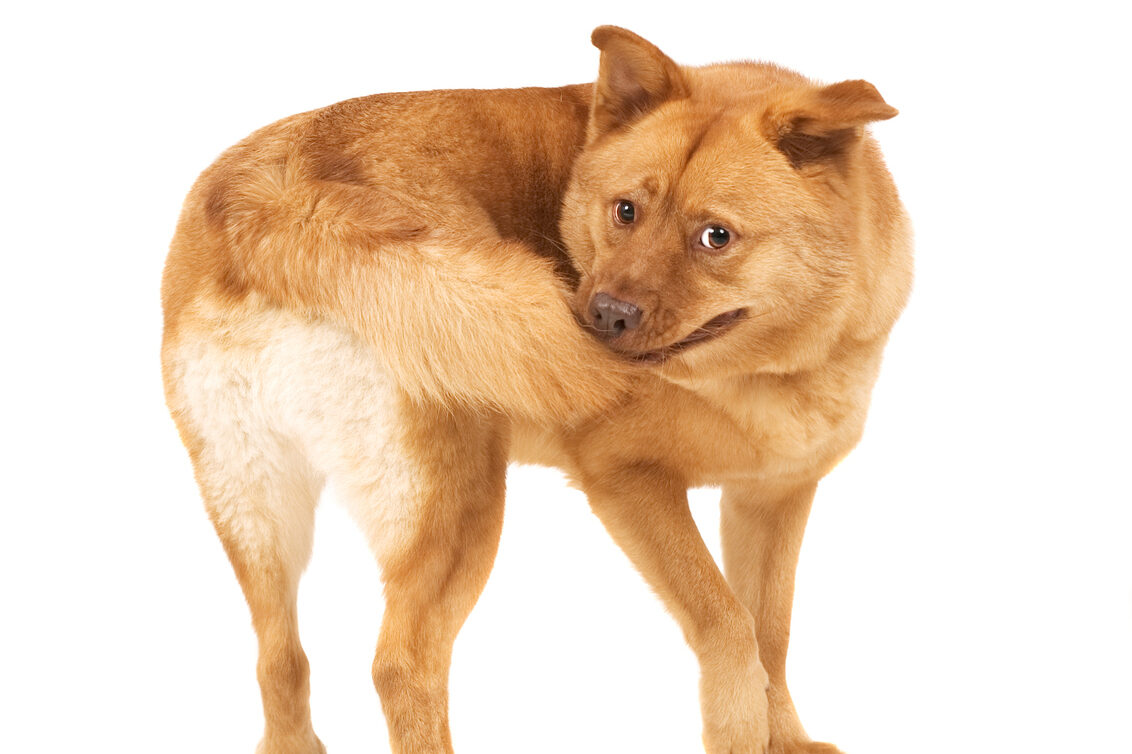
Now if your dog spins constantly and not just before bed, it might be more than a habit. Dogs with anxiety, OCD, or neurological conditions may spin in circles for long periods. One pet owner shared, “Our rescue dog spun for hours until we found out he had anxiety.” If spinning interrupts eating, resting, or play, it might be a sign they’re overwhelmed. This kind of repetition can be a cry for help. Talking to a vet can help rule out medical issues and suggest ways to calm their mind. Some behaviors are habits, others are distress signals.
6. Licking You with Love (Or Worry)

When your dog licks you, it’s usually a sweet moment. Licking releases feel-good chemicals that help them feel calm and connected. But it’s not always about love. Dogs also lick to show submission or when they’re anxious. The American Kennel Club says, “Licking can be a self-soothing behavior.” So while it might feel like a kiss, it could be their way of saying, “I need reassurance.” Pay attention to when and how they lick you. It can help you tell the difference between affection and stress. Either way, it’s your dog trying to reach out.
7. Can’t Stop, Won’t Stop Licking Themselves
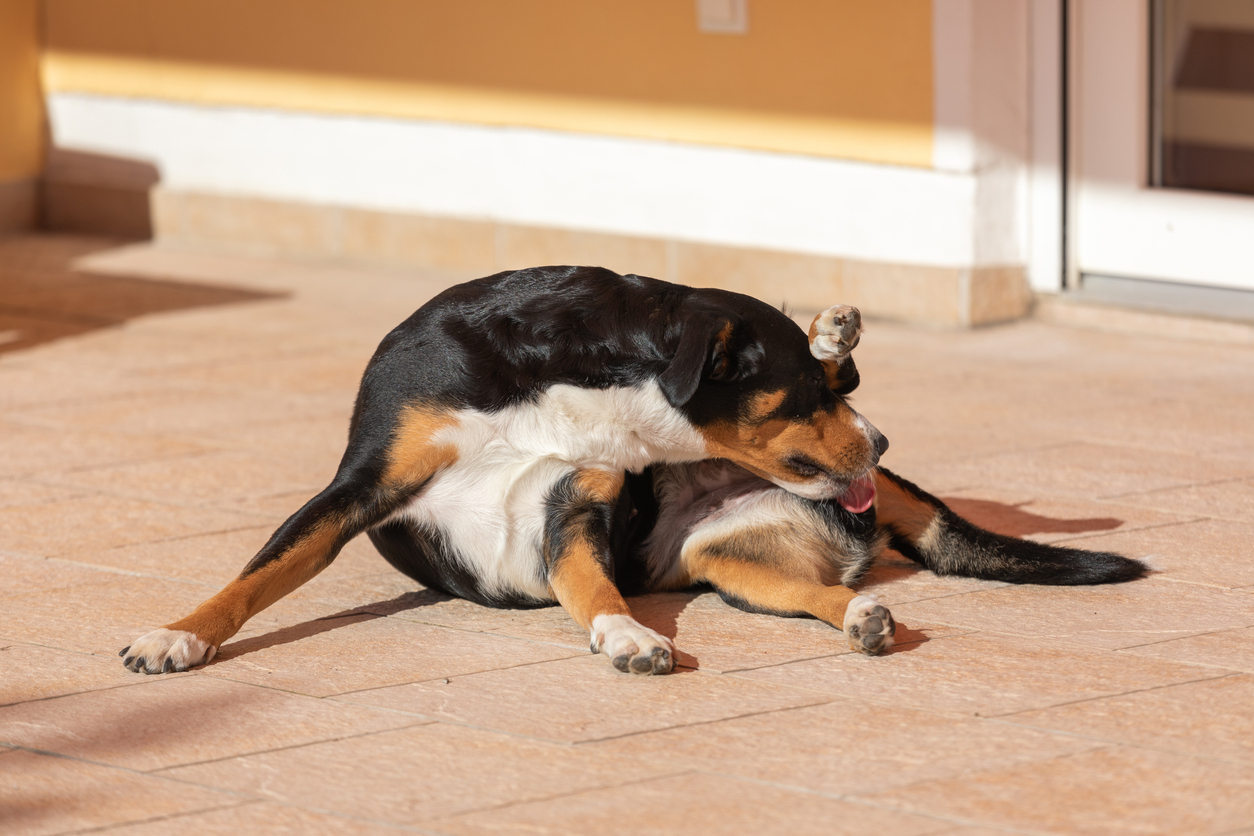
Grooming is normal, but constant licking? That’s usually a red flag. If your dog is focused on one spot like a paw or a joint, it might be dealing with allergies, dry skin, or even pain. Some dogs develop the habit when they’re bored or anxious. One vet shared, “We often see licking start with an allergy and turn into a habit.” Look for redness, swelling, or missing fur. If the skin is irritated, it’s time to talk to a vet. Dogs lick to soothe discomfort, but they shouldn’t have to suffer in silence.
8. Paw Licking Might Mean More Than You Think
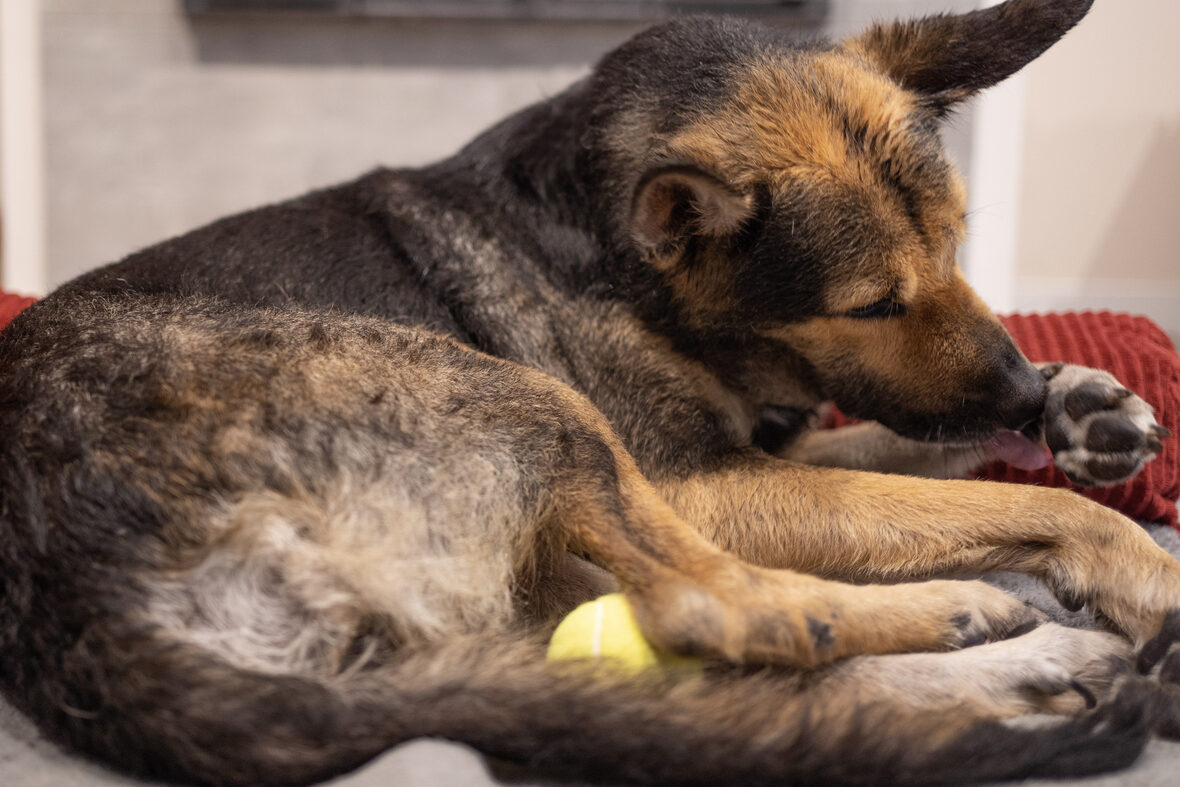
Dogs lick their paws after a walk, and that’s pretty normal. But if your dog is licking their paws constantly, even when they’re resting, something might be going on. It could be a small cut, something stuck in their paw, or even a skin infection. Sometimes it’s emotional, like stress or boredom. One dog owner said, “My dog licked his paw raw during a thunderstorm. It was his way of coping.” If you notice too much licking, check for injuries or irritation. Your dog might be trying to fix a problem the only way they know how.
9. Licking Air, Walls, or Furniture

This one’s hard to ignore. If your dog starts licking the air, furniture, or random objects, it might be more than quirky behavior. These actions can be a sign of nausea or confusion. Some dogs do this when they feel sick to their stomach. Others might have early signs of canine cognitive dysfunction. One forum user shared, “My older dog started licking the couch. It was the first sign of dementia.” In rare cases, it can even be linked to seizures. If it’s a new habit or happens often, have a vet take a closer look.
Think your dog’s doing something unusual lately?
Share this article with a fellow dog lover and let us know in the comments what quirky habits your pup has. Sometimes the smallest behaviors say the most and your story might just help another pet parent understand their furry friend a little better.
This story 9 Dog Behaviors Like Head Tilting, Licking, and Spinning and What They Really Mean was first published on Daily FETCH


